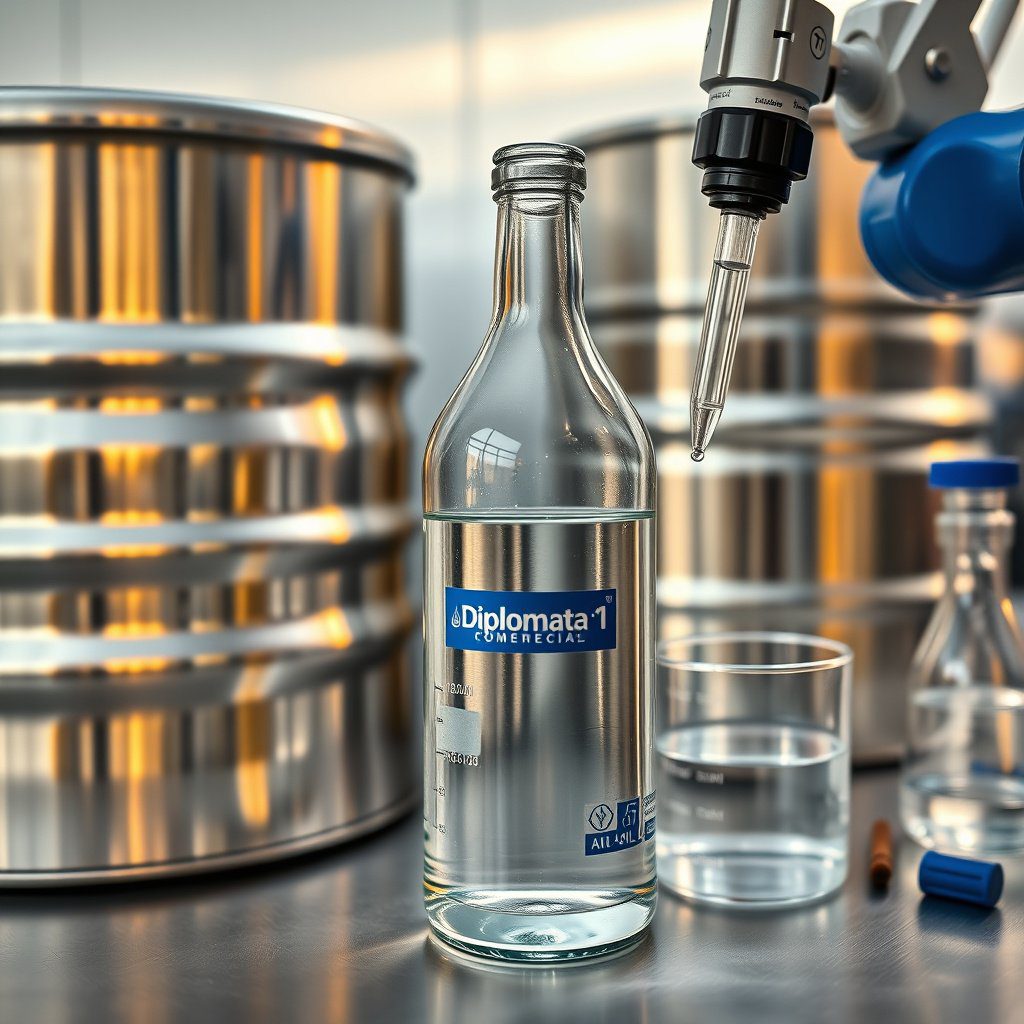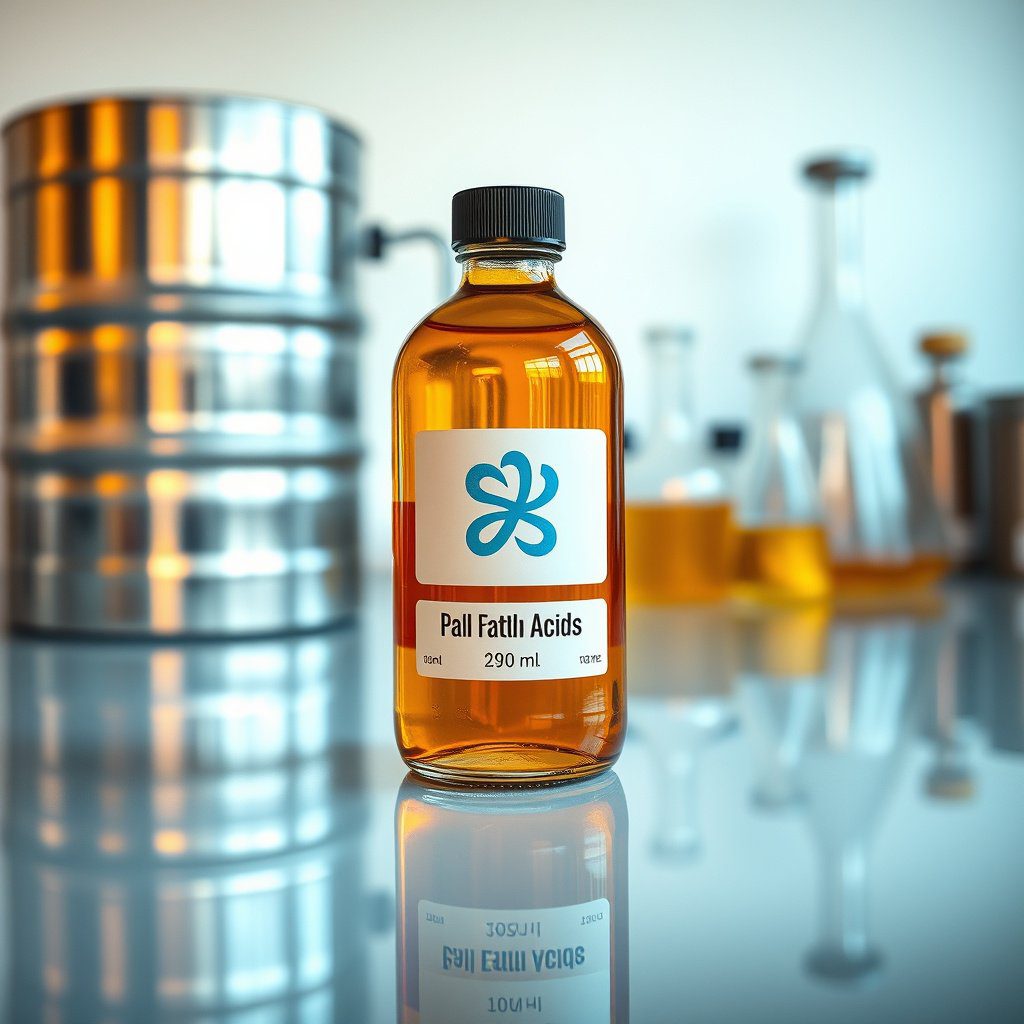Understanding Amine Product Availability
Amine product availability refers to the accessibility and supply of various amine compounds, which are essential chemicals widely used in numerous industries, including agriculture, pharmaceuticals, and chemical manufacturing. These compounds, such as monoethanolamine, diethanolamine, and triethanolamine, come in different concentrations, notably 85% and 99%. The demand for high-purity amines is growing, particularly in the U.S. market, where reliable suppliers are crucial for maintaining production continuity.
Importance of High-Purity Amines
High-purity amines are critical in various applications, including the production of surfactants, emulsifiers, and corrosion inhibitors. The availability of these substances in specific concentrations directly impacts their effectiveness in industrial processes. For instance, diethanolamine is widely used in the formulation of herbicides and detergents, making its availability a priority for manufacturers aiming for high-quality outputs.
Factors Influencing Amine Product Availability
Several factors influence the availability of amine products, including raw material sourcing, production capabilities, regulatory compliance, and market demand. Suppliers must navigate complex supply chain dynamics to ensure a consistent flow of amines to their customers. Additionally, geopolitical factors and trade agreements can affect the accessibility of these crucial compounds, particularly in international markets.
Key Concentrations of Amines
The concentrations of amines available in the market, particularly 85% and 99%, play a significant role in their application. Higher concentrations are often preferred for industrial applications requiring greater efficacy, while lower concentrations may suffice for less demanding uses. Understanding the appropriate concentration for specific applications is essential for companies looking to maximize their operational efficiency and product performance.
Distribution Channels for Amines
Effective distribution channels are vital for ensuring the timely availability of amines in the marketplace. Suppliers often collaborate with logistics companies to streamline the transportation and storage of these chemicals. This cooperation helps mitigate delays and ensures that businesses can access the necessary amine products without interruption, fostering a stable supply chain.
Export Opportunities for Brazilian Suppliers
Brazilian suppliers have a unique advantage in the global market for amines, especially in exporting high-purity monoethanolamine, diethanolamine, and triethanolamine to the U.S. The growing demand in the American market presents significant opportunities for Brazilian manufacturers to establish themselves as reliable sources of these critical chemicals, enhancing their global competitiveness.
Regulatory Considerations in Amine Supply
Compliance with regulatory standards is crucial for suppliers of amines, particularly when exporting to markets with stringent safety and environmental regulations. Suppliers must ensure that their products meet the necessary quality and safety standards to avoid penalties and maintain their reputation in the industry. Understanding the regulatory landscape is essential for navigating the complexities of international trade in amine products.
Market Trends Affecting Amine Availability
Market trends, such as the increasing demand for sustainable and eco-friendly chemicals, are influencing the availability of amines. As industries shift towards greener alternatives, suppliers must adapt their product offerings to align with these trends. This may involve developing new formulations or sourcing raw materials that meet environmental guidelines while still providing high-quality amine products to their clients.
Strategic Partnerships in the Amines Market
Forming strategic partnerships with other industry players can enhance amine product availability. Collaborations between suppliers, manufacturers, and distributors can lead to improved efficiencies in production and distribution, ensuring that high-purity amines are readily available to meet market demands. These partnerships can also facilitate knowledge sharing and innovation, driving growth in the amine sector.


